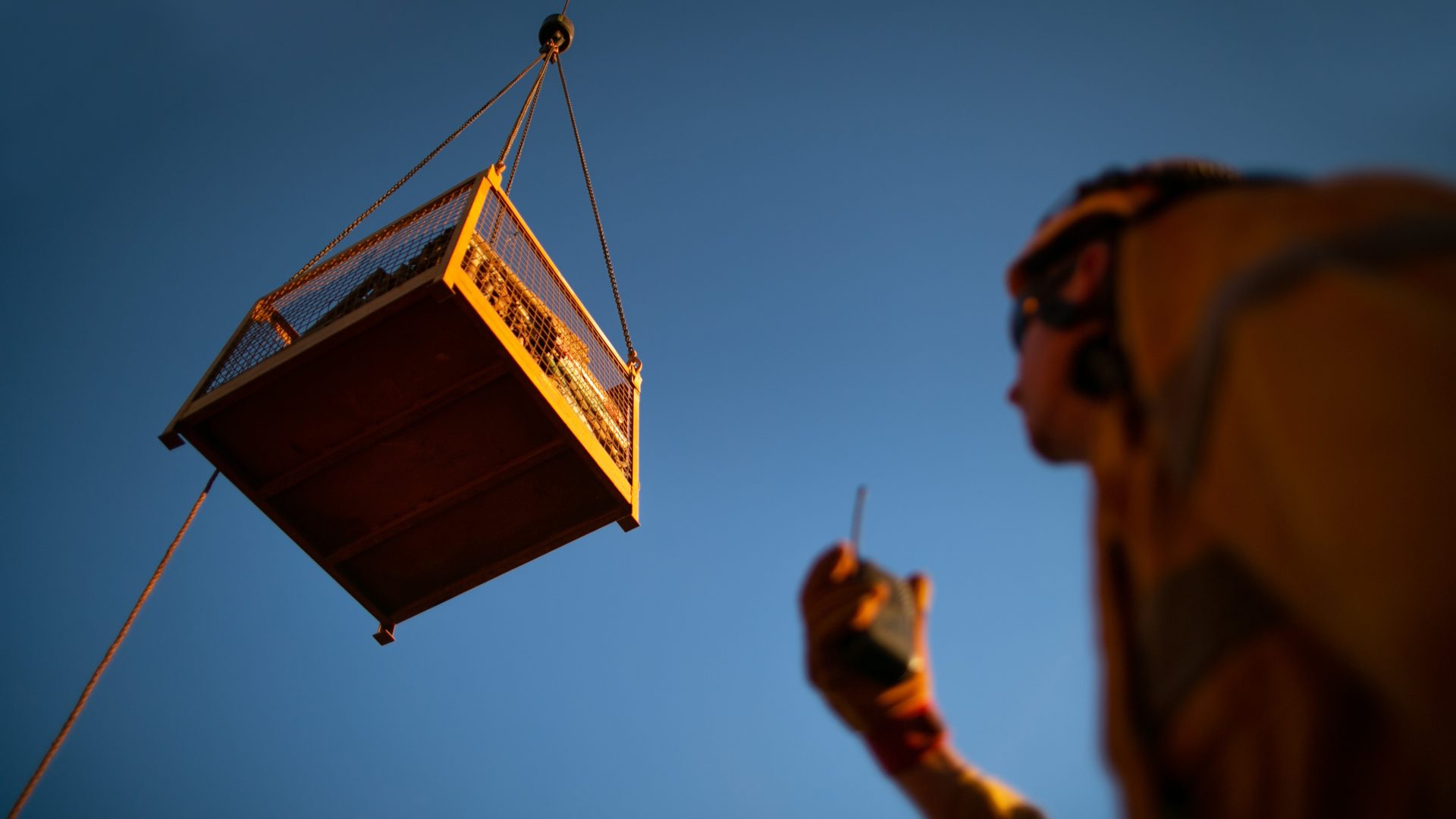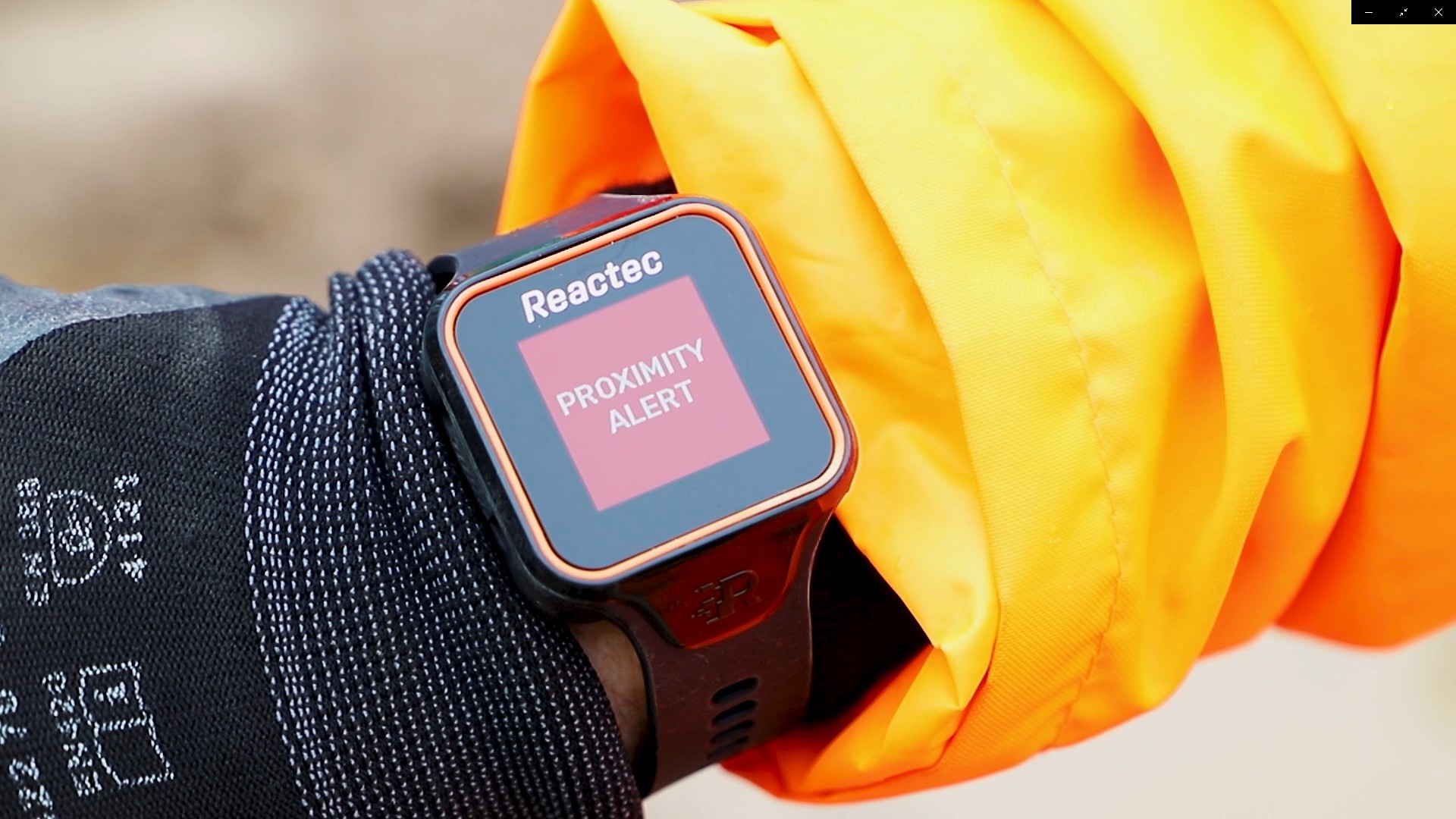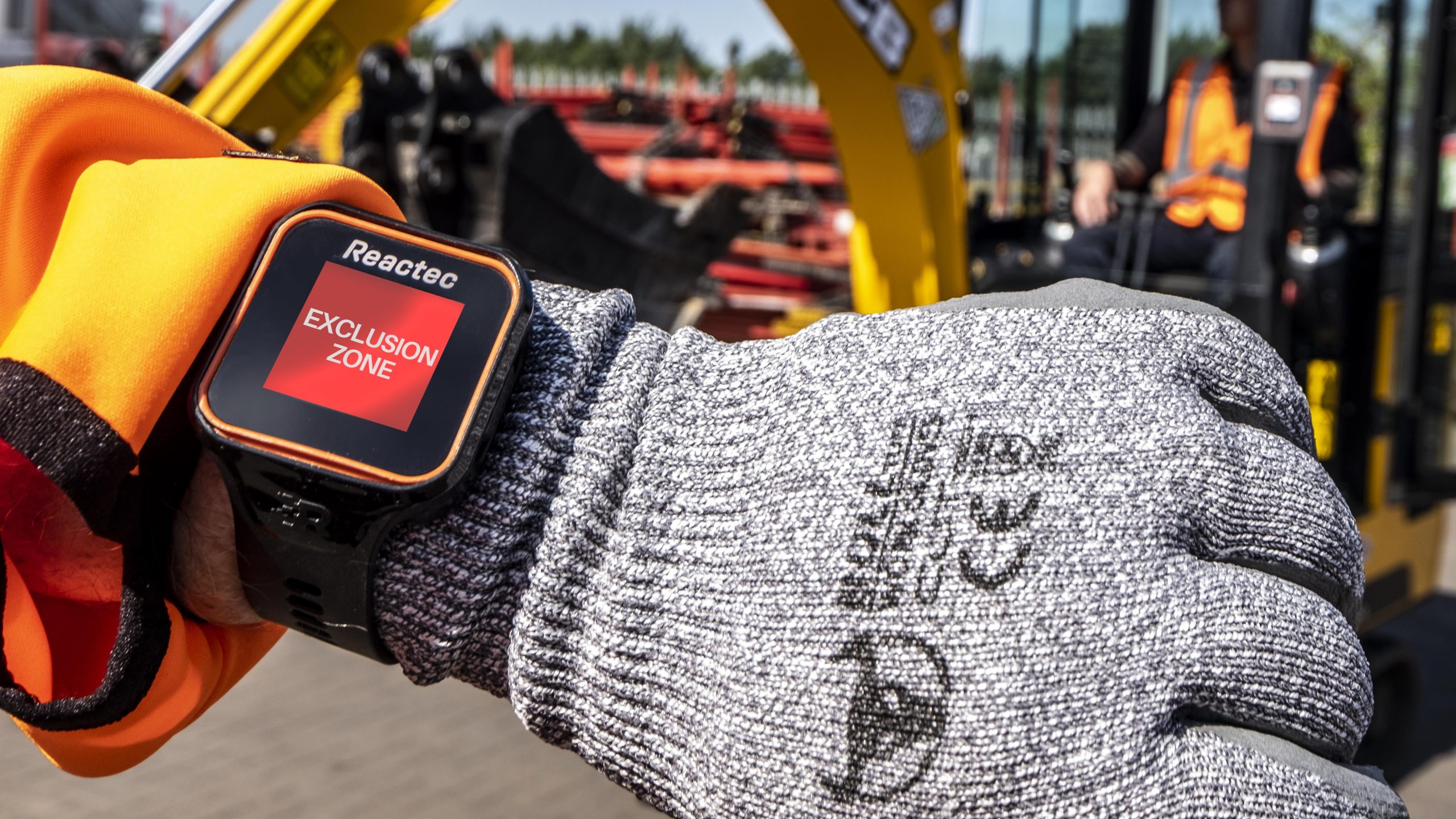According to the HSE, being struck by a moving object is a leading cause of fatal accidents among the UK’s workforce. With the record-breaking level of investment proposed for water industry infrastructure, risk from workplace injury will also increase.
But there are steps that organisations can take to ensure the health and safety of their workers. In this article, prevention engineering specialist, Reactec, reviews the risks that moving or falling objects pose to utility workers and explore how well-known approaches, such as ‘Red Zones’ can be implemented on worksites, alongside newer and sophisticated wearable technology, to support a more robust strategy in this key area of workplace health and safety.
Dropped or falling objects – more specifically, dangerous proximity to dropped or falling objects – is a key area of concern when it comes to the health and safety of workers across a variety of industries. But while a large amount of serious injuries and fatalities are caused by moving objects each year, these incidents are also largely preventable. With the right approach in place, companies can reduce their workers’ risk of injury.
Implementing ‘Red Zones’ for dropped object safety
Different sectors and industries have different ways of approaching dropped object safety. Within some of the more highly regulated industries, like utilities, dropped object safety is a key concern, and the implementation of ‘Red Zones’ is the widely accepted approach to dropped object safety.
Red Zones are areas which are identified to have a high risk of workers being exposed to falling objects. Per the relevant recommendations, Red Zones should be identified, mapped, and assigned an ‘Area Authority,’ which is a person responsible for the main activities in the area. Within a Red Zone, access is restricted to workers who are required to carry out the current operations in the identified area. Workers must be granted access to the Red Zone by the Area Authority, and access to Red Zones must be controlled at all times, which further requires that physical barriers and signs be put in place to delineate the area.
The implementation of Red Zones are a great first step towards ensuring worker safety when it comes to dropped and falling objects. But barricades, signs, and verbal access controls can only go so far, and dangerous proximity to moving objects remains a serious threat to the safety of workers despite the presence of physical barriers.
Creating safer working environments with new technology
Sophisticated proximity detection technology is a new way to ensure that workers don’t come into contact with dangerous hazards, including dropped or falling objects.
With this modern solution, it’s possible to achieve a higher level of control over the risk environment. Exclusion zones can be more quickly configured on site, and the size and duration of the exclusion zone can be tailored to meet the unique demands of the risk location.
Access to the exclusion zone can be granted, restricted, or amended in moments, making it possible for teams to work more safely without slowing down. Workers are alerted when they’re nearing an exclusion zone, and breaches are identified in real-time.
And with powerful analytics, teams have near-immediate access to data about near-misses, breaches, and more. Duty Holders and Safety Managers can access insight about their team’s activities and make swift decisions about how to best refine their ways of working to ensure that employees are best protected from falling objects.
One such device is R-Link, a cutting-edge proximity detection smart watch. It’s powered by an ultra-secure, cloud-based Analytics platform, and transforms data about the risk environment into actionable insight.





